Last Updated on: 21st October 2023, 05:08 pm
Beautiful landscape trees plus delicious fruit. What’s not to love?
Growing your peach trees (Prunus persica) can be rewarding and fruitful. Not only do these trees produce delicious, juicy fruits, but they also add beauty to your garden with their lovely blossoms in the spring. This guide aims to provide you with friendly and authoritative information on how to grow peach trees, ensuring a successful harvest and a healthy, thriving tree.
Peach trees are native to China and are members of the Rosaceae family. They are well-suited for USDA hardiness zones 5 through 9, meaning they can thrive in various climates. This fruit tree performs beautifully right here in northeastern North Carolina!
This guide will cover the critical aspects of peach tree cultivation, such as choosing the best variety, planting, caring for your tree, and harvesting your peaches. We will also discuss secondary topics, like soil preparation, pest control, and fruit storage. We will give you all the input you need to succeed in your peach-growing journey.
Not only do peach trees bear delicious fruit, but they are beautifully sized and shaped trees to adorn your landscaping. Not to mention, the springtime blossoms look–and smell–fantastic!
Choosing the Right Peach Tree
Selecting the appropriate peach tree for your garden is crucial for ensuring a successful harvest and a healthy tree. There are a few considerations when choosing the right tree, such as the type of peach, climate considerations, and cold hardiness.
Are peach trees self-pollinating?
Yes, most peach trees are self-pollinating. That means they can produce fruit without cross-pollination from another tree. It benefits gardeners with limited space or those who only want to plant one peach tree. However, having more than one peach tree or other compatible pollinators nearby can improve fruit production and quality due to increased cross-pollination.
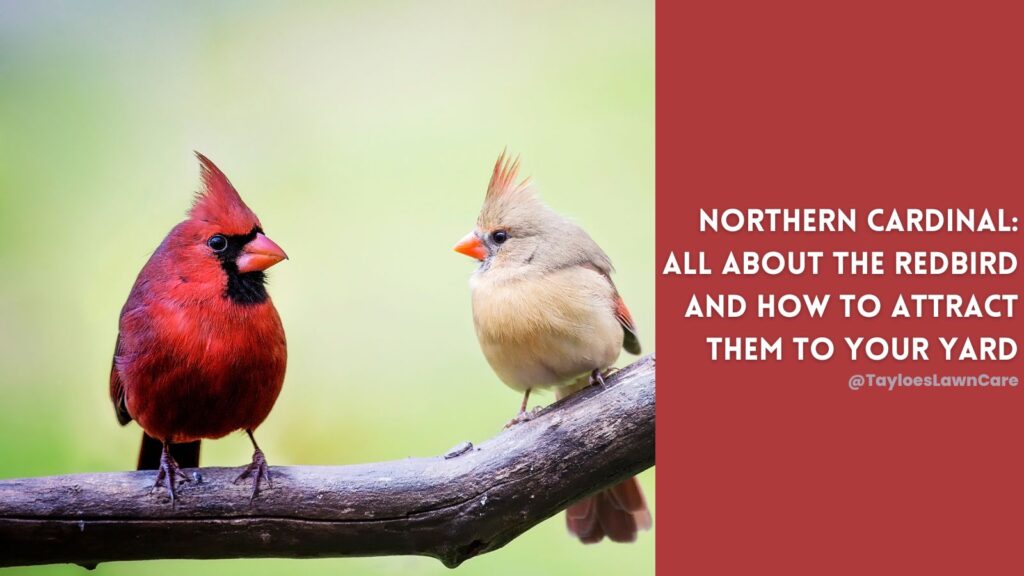
Types of peach trees
Peach trees generally fall into three types based on their fruit characteristics:
- Freestone peaches: The fruit’s flesh easily separates from the pit in this type of peach. These peaches are ideal for eating fresh, as well as for canning and freezing. Some popular freestone peach varieties include ‘Redhaven,’ ‘Elberta,’ and ‘O’Henry.’
- Clingstone peaches: As the name suggests, the flesh of clingstone peaches clings tightly to the pit. These peaches are often used for canning, preserves, and baking, as they hold their shape well when cooked. ‘Babygold’ is a favorite example of a clingstone peac varieties.
- Dwarf peach trees: For those with limited space or who prefer container gardening, dwarf peach trees are an excellent option. These trees grow smaller (about 6-8 feet tall) but still produce a good harvest of peaches. Popular dwarf varieties include ‘Bonanza’ and ‘Southern Sweet.’
Climate considerations for growing peaches
Peach trees have specific climate requirements to grow and produce fruit. Two key factors to consider are chill hours and hardiness zones.
- Chill hours: To set fruit properly, peach trees require a certain number of chill hours (hours below 45°F / 7°C) during winter dormancy. Each variety has its chill hour requirement, ranging from 200 to 1,000 hours. Choosing a variety with chill hour requirements that match your local climate is essential.
- Hardiness zones: Peach trees thrive in USDA hardiness zones 5 through 9. To ensure the success of your peach tree, select a variety suitable for your zone. For instance, ‘Reliance’ and ‘Contender’ are cold-hardy varieties that can withstand lower temperatures, making them suitable for zones 5 and 6.
Choosing the right peach tree involves considering the type of peach, your local climate, and hardiness zone. Research the specific requirements of different peach varieties and select the one that will best suit your garden conditions. Your findings will set you on the right path toward a successful peach-growing experience.
HINT: Contact your local ag extension office for suggestions on the best peach tree to grow in your area.
Planting Your Peach Tree
Once you’ve chosen the perfect peach tree variety for your garden, it’s time to plant. Proper planting will ensure a strong foundation for your tree to grow and produce fruit. Here, we will discuss selecting a location, preparing the planting site, and planting the tree.
Selecting a location
Peach trees have specific location requirements to ensure healthy growth:
- Sunlight requirements: Peach trees need full sun to grow and produce fruit. Choose a planting site with at least six to eight hours of sunlight daily. The sunshine will help the tree photosynthesize and produce energy. Thus, it will have better fruit production.
- Soil quality: Peach trees prefer well-draining soil with a pH between 6.0 and 6.5. Perform a soil test before planting to determine your soil’s pH and make any necessary amendments.
- Drainage: Planting your peach tree in an area with proper drainage is essential, as standing water can lead to root rot or many other issues. Avoid low-lying areas where water tends to accumulate. If drainage is a concern, consider planting your tree in a raised bed or on a slope.
Preparing the planting site
Proper site preparation is crucial for your tree’s success:
- Soil amendment: Based on your soil test results, amend your soil as needed with organic matter, such as compost, to improve drainage and nutrient content.
- Digging the hole: Dig a hole 1.5-2 times wider than the root ball and approximately as deep as the root ball. This sizing will allow the roots to spread quickly as the tree grows.
Planting the tree
Follow these steps to plant your peach tree:
- Proper depth: Place the tree in the hole, ensuring the graft union (the bump on the trunk where the tree was grafted) is 2-4 inches above the soil line. Planting too deep can cause the graft union to rot, leading to tree failure.
- Root care: Gently spread the roots out in its hole, and re-fill the hole with the soil you removed. Tamp down the soil gently to eliminate air pockets, which can cause roots to dry out.
After planting, water the tree thoroughly to help settle the soil around the roots. Adding a layer of wood mulch around the tree can help it retain moisture and regulate soil temperature. Keep the mulch a few inches out from the trunk to prevent rot and pest issues.
By carefully selecting a location, preparing the planting site, and planting your fruit tree correctly, you are setting the foundation for a healthy and productive tree.
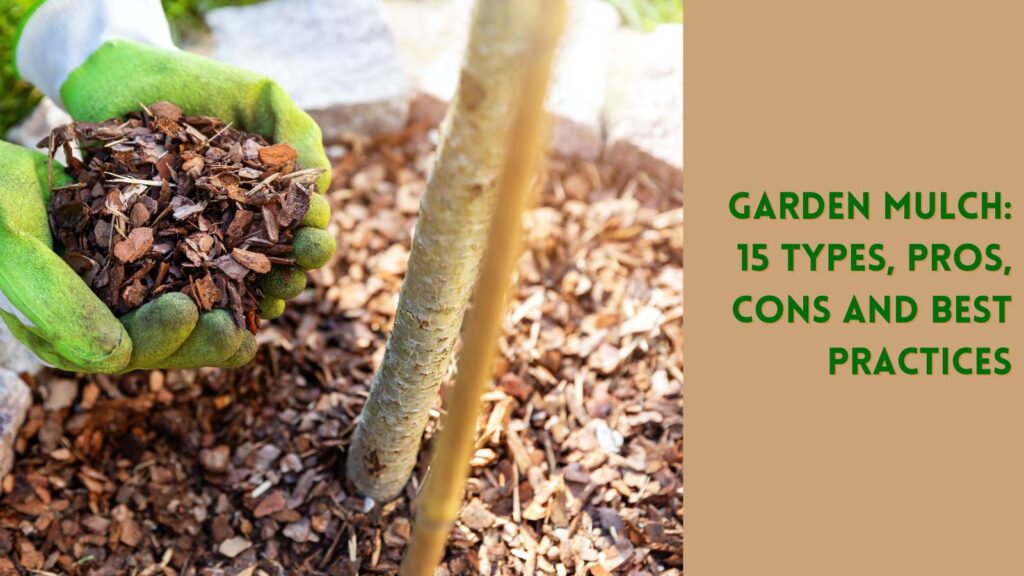
Caring for Your Peach Tree
Proper care is essential for the health and productivity of any fruit tree. This section will discuss essential aspects of peach tree care, including watering, fertilizing, pruning, and pest and disease management.
Watering your peach tree
Consistent watering is crucial for peach trees, especially during the first few years of growth:
- Watering frequency: Water newly planted trees once a week for the first year, providing about 10-15 gallons of water per tree. After the first year, water every 2-3 weeks, depending on your region’s climate and rainfall. During periods of drought, water more frequently to prevent stress on the tree.
- Watering techniques: Use a soaker hose, drip irrigation system, or a slow-running hose at the base of the tree to ensure deep watering. This watering method encourages deep root growth and helps the tree become more drought-resistant.
Fertilizing your peach tree
Fertilizing your peach tree provides the necessary nutrients for growth and fruit production:
- Fertilizer types: Use a balanced fertilizer for your peach tree, such as 10-10-10 or 14-14-14. You can also use compost or well-rotted manure as organic alternatives.
- Fertilizing schedule: Fertilize your fruit tree in early spring, just before new growth starts. Apply fertilizer again after the fruit set and once more in early summer. Avoid fertilizing after July, which can encourage late-season growth susceptible to winter damage.
Pruning your peach tree
Regular pruning promotes healthy growth, airflow, and fruit production:
- Pruning techniques: Prune your fruit tree to an open-center or vase shape, which allows sunlight to penetrate the canopy and air to circulate, reducing the risk of disease. Remove dead, diseased, or damaged branches, plus any branches that cross or grow inwards.
- Pruning schedule: Prune your tree annually in the late winter or the early spring before new growth emerges. This trimming helps stimulate growth and fruit production for the coming season.
Pest and disease management
Peach trees can be susceptible to various pests and diseases:
- Common pests: Some common pests include borers, aphids, and Japanese beetles. Employ integrated pest management techniques, such as using insecticidal soap, introducing beneficial insects, and employing pheromone traps.
- Common diseases: Brown rot, leaf curl, and peach scab are common diseases that can affect peach trees. Preventative measures include proper pruning, avoiding overhead watering, and applying appropriate fungicides.
By diligently caring for your fruit tree through proper watering, fertilizing, pruning, and pest and disease management, you will ensure a healthy, thriving tree that will produce delicious fruit for years.
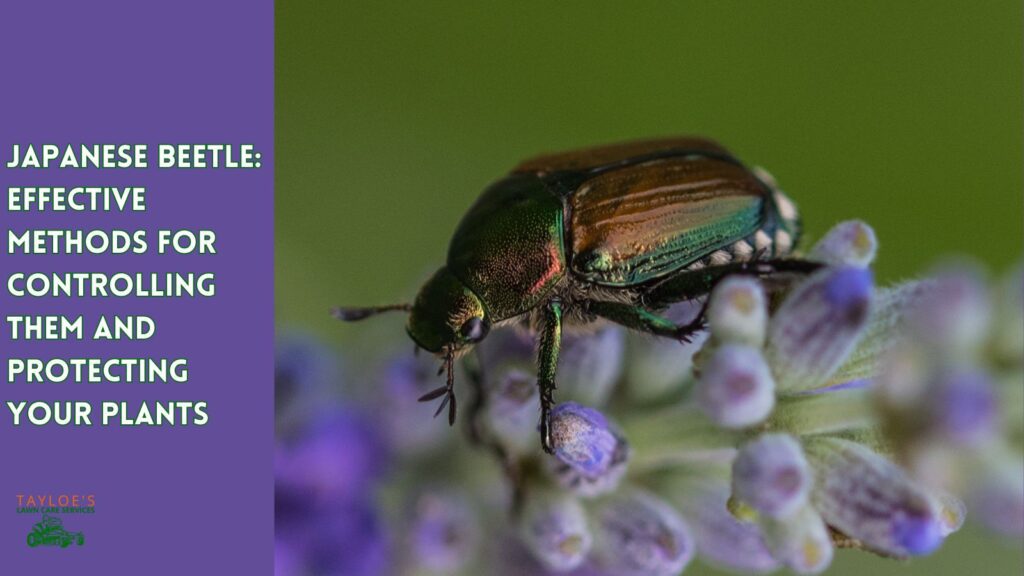
Harvesting Your Peaches
The moment you’ve been waiting for has now (finally!) arrived. It’s time to harvest your peaches! In this section, we will discuss when to harvest your peaches, techniques for harvesting, and how to store your fruit.
When to harvest peaches from your tree
Knowing when to harvest your peaches is essential for enjoying their full flavor and juiciness:
- Ripeness indicators: Peaches are ready to harvest when they have developed their full color (specific to the variety) and are slightly soft to the touch. Gently press the fruit; if it yields slightly, it’s ripe. Additionally, ripe peaches will have a sweet, fragrant aroma.
- Harvesting techniques: Hold the fruit in your hand and gently twist it to harvest your peaches. If it’s ripe, it should quickly come off the branch. Be cautious not to pull too hard or yank the fruit, as this can damage the tree.
Storing peaches
Proper storage will help you enjoy your peaches even after the harvest season:
- Short-term storage: Freshly harvested peaches can be stored at room temperature for a few days. Once ripe, you can extend their shelf life by placing them in the refrigerator for up to a week.
- Long-term preservation: To enjoy your peaches throughout the year, consider freezing, canning, or drying them. Freezing is the simplest method, while canning and drying require a bit more effort but can result in delicious preserved peaches to enjoy in the off-season.
By mastering the art of harvesting and storing your peaches, you can savor the fruits of your labor and share them with friends and family. Growing peach trees is a rewarding experience that brings beauty, delicious fruit, and a sense of accomplishment to your garden.



The Takeaway: Grow a Peach Tree for the Delicious Fruit and Added Beauty to Your Landscape
Growing peach trees can be a delightful and rewarding addition to your garden, providing beautiful blossoms, delicious fruit, and a sense of accomplishment. By carefully choosing the suitable variety, planting, and caring for your peach tree, you’ll be well on your way to enjoying bountiful harvests for years to come.
In this guide, we’ve covered essential aspects of peach tree cultivation, including selecting the most suitable tree variety, planting, caring for your tree, and harvesting your peaches. We’ve also touched upon secondary topics like soil preparation, pest control, and fruit storage to ensure you find all the information necessary to succeed in your peach-growing journey.
Your peach trees will thrive and become a cherished part of your garden with patience, dedication, and proper care. We hope this friendly and authoritative guide has inspired and equipped you to grow peach trees and enjoy their many benefits.
Need a free consultation and to learn how to improve your yard? Connect with Tayloe’s Lawn Care Services near Windsor, NC – we provide free estimates. We have an eye for beauty and the know-how to give you a healthy lawn. Happy peach tree growing!
Author Profile

- Deborah Tayloe is the CEO and co-founder of Tayloe's Lawn Care Services, LLC. She has a B.S.Ed and holds certificates in soil and water management and herbology from accredited programs.
Latest entries
 Trees and ShrubsApril 22, 2025Boxwood Blight: Early identification and isolation
Trees and ShrubsApril 22, 2025Boxwood Blight: Early identification and isolation Flower GardenApril 8, 2025John F. Kennedy Rose: Hybrid tea rose with elegant white blooms
Flower GardenApril 8, 2025John F. Kennedy Rose: Hybrid tea rose with elegant white blooms Vegetable GardenMarch 24, 2025Trellis vegetables provide an abundant vertical garden harvest
Vegetable GardenMarch 24, 2025Trellis vegetables provide an abundant vertical garden harvest GardeningMarch 17, 2025Are coffee grounds good for compost?
GardeningMarch 17, 2025Are coffee grounds good for compost?





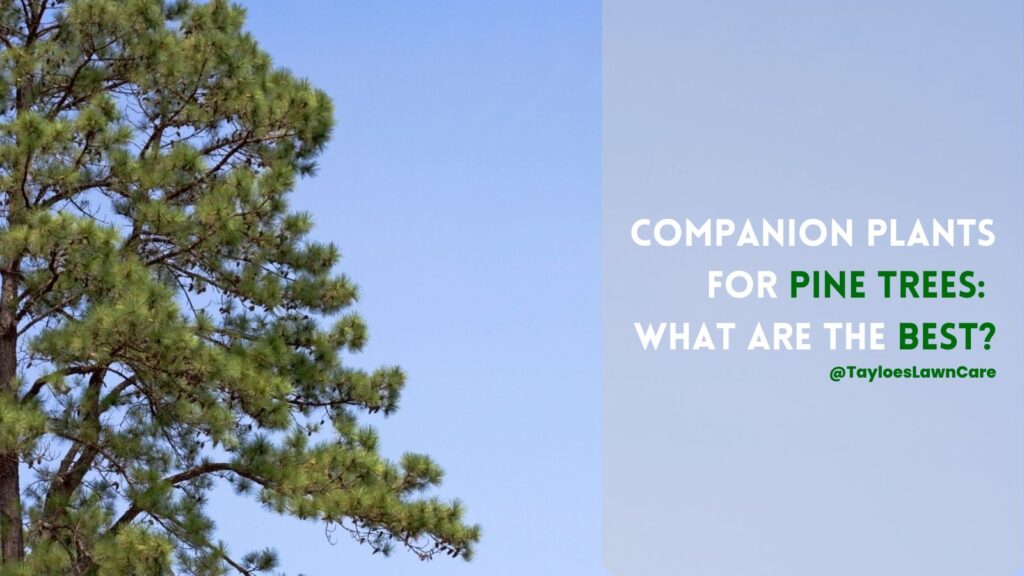
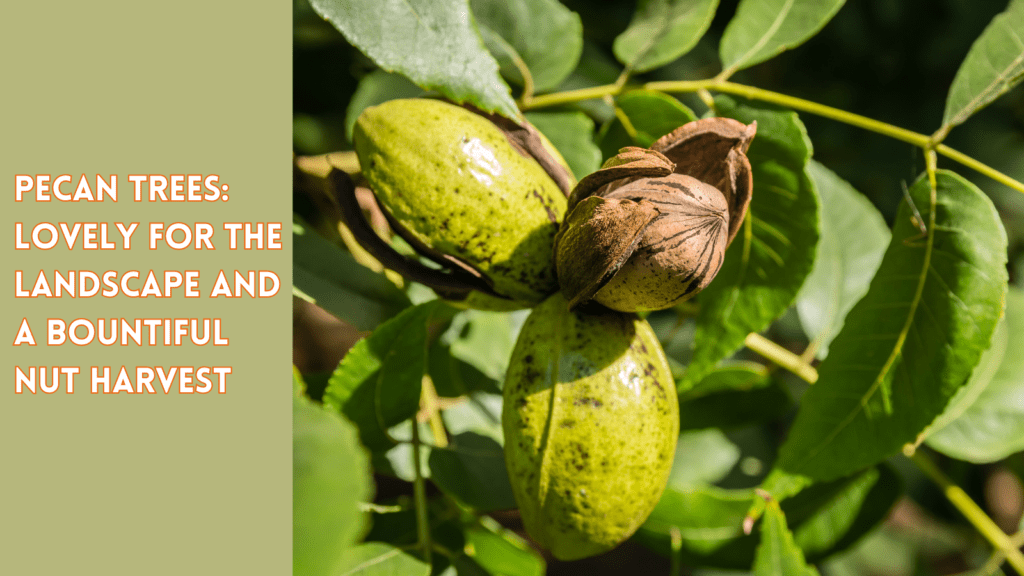
Pingback: American Robin: 8 Tips for Attracting the Beautiful Songbird to Your Yard
Pingback: Pecan Trees: Lovely for the Landscape and A Bountiful Nut Harvest